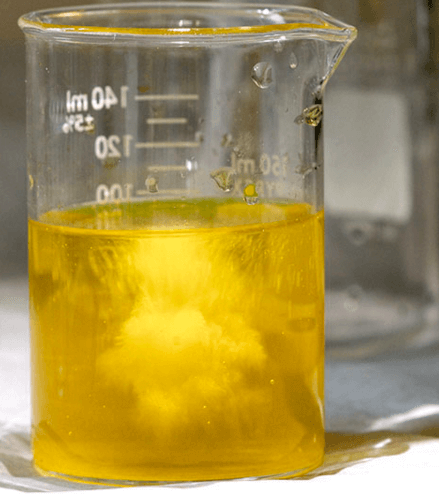
The basic process was discovered and patented by Charles Washington Merrill around 1900, and later refined by Thomas Bennett Crowe, working for the Merrill Company. These bars are sent to a refinery to remove the copper and silver, the specific process used depending upon the impurities in the gold. The solution is filtered, and the remaining solids are smelted to a gold dore bar. The gold precipitate (mixed with zinc dust) is then filtered out of the solution, and the zinc dust and gold are mixed with sulfuric acid to dissolve the zinc. The precipitation of gold can be seen as a cloud of particles in. Both applications are compared in detail by K. In hot water, dissolve a weight of SMB precipitant equal to the weight of dissolved metal. Īutomated membrane filtration offers a cost savings alternative to CCD. The results of precipitation process show that the elimination of lead, zinc, cooper and iron ions from the barren solution was successful, with optimum. Other precious metals, silver, and base metals, like copper, will also precipitate, if present. precipitation of the gold, if any be present, in the form of a dark - brown powder, which is metallic gold in a very fine state of division, as already.

Mixing muriatic acid (hydrochloric acid) with bleach (sodium hypochlorite), you are freeing chlorine to attack the gold. Zinc dust is added to the clarified, de-aerated solution which precipitates the gold zinc having a higher affinity for the cyanide ion than gold. If you leach with aqua regis (nitric and hydrochloric acids), you can precipitate the gold with sodium metabisulfite (a reducing agent). Oxygen is then removed by passing the solution through a vacuum de-aeration column. Afterwards a very clear solution is achieved by using pre-coated filters applying diatomaceous earth. vertical leaf type clarifier filters) and counter current decantation (CCD).

The solution is separated from the ore by methods such as filtration (e.g.

The following method will precipitate the gold in one or two. Gold Monochloride or Aurous Gold Chloride AuCl is a salt is prepared by heating the trichloride to 185° in air for twelve hours. It is an improvement of the MacArthur-Forrest process, where an additional vacuum is managed to remove air in the solution (invention of Crowe), and zinc dust is used instead of zinc shavings (improvement of Merrill). of potassium nitrite, precipitates the gold as a dull brown heavy powder which settles slowly. The Merrill–Crowe Process is a separation technique for removing gold from the solution obtained by the cyanide leaching of gold ores. Cyanide solution in suitable containers, gold is precipitated in powder form by means of zinc shavings.


 0 kommentar(er)
0 kommentar(er)
